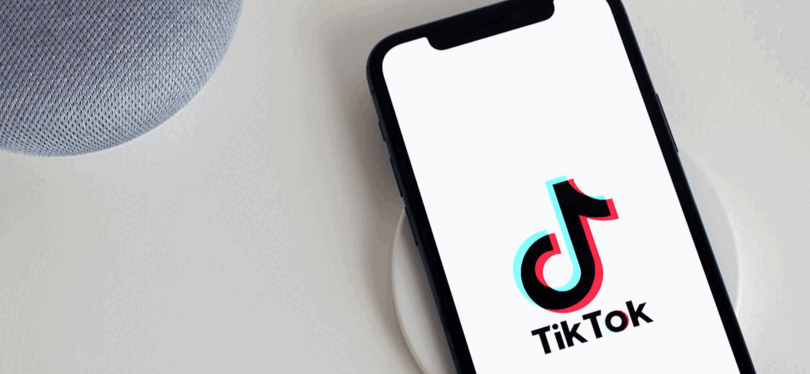In the digital age, where websites serve as the virtual front doors of businesses, one metric stands out as the ultimate testament to a website’s effectiveness: conversion rate.
Conversion rate is a critical measure of success, indicating the percentage of visitors who take a desired action, such as purchasing, filling out a form, or signing up for a newsletter. For businesses aiming to thrive in the competitive online landscape, mastering the art of increasing website conversion rates is paramount. In this blog, we’ll delve into a range of proven strategies to help you unlock the potential of higher conversion rates.


